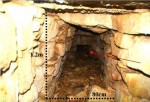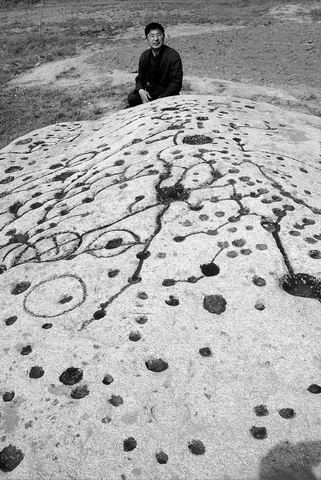A team of biologists decoding the Neanderthal genome have discovered that much to most everyone’s surprise that many people alive today have Neanderthals in their family tree. From one to four percent of Eurasian human genome seems to have come from Neanderthals.
Scientists, led by Svante Paabo of the Max Planck Institute for Evolutionary Anthropology in Leipzig, Germany, have mapped about 60% of the Neanderthal genome using fragments of DNA found in fossil bones. They compared that genome to DNA from modern humans around the world and found that there is that smattering of Neanderthal ancestry in non-African populations.
A degree of interbreeding between modern humans and Neanderthals in Europe would not be greatly surprising given that the species overlapped there from 44,000 years ago when modern humans first entered Europe to 30,000 years ago when the last Neanderthals fell extinct. Archaeologists have been debating for years whether the fossil record shows evidence of individuals with mixed features.
But the new analysis, which is based solely on genetics and statistical calculations, is more difficult to match with the archaeological record. The Leipzig scientists assert that the interbreeding did not occur in Europe but in the Middle East and at a much earlier period, some 100,000 to 60,000 years ago, before the modern human populations of Europe and East Asia split. There is much less archaeological evidence for an overlap between modern humans and Neanderthals at this time and place.
Since the statistical model the team uses to interpret the genome data is complicated and hard for non-geneticists to follow, archaeologists are a bit out in the cold on this issue. Until there is some solid archaeological evidence to support the genome findings, skepticism will remain rampant. The genome mapping isn’t over, so new data is coming in all the time. This isn’t the last word on our Neanderthal roots from a biological standpoint either.
Meanwhile, the Smithsonian Institution has taken the news and run with it in a thoroughly entertaining fashion. They’ve created an app for iPhone, iPad, iPod Touch and Android that takes a picture of you and Neanderthalizes it up. It’s called MEanderthal. You can also see yourself as a Homo floresiensis (living 95,000 – 17,000 years ago) or Homo heidelbergensis (living 700,000 – 200,000 years ago).
The Smithsonian got the idea from their very popular morphing station which does pretty much the same thing in person as the app does remotely. Paleo-artist John Gurche used fossils of early humans to design templates that are then customized with your info. Here’s a YouTube of the app in action:
[youtube=http://www.youtube.com/v/P-fyqQSKpGY&w=430]





